Time Periods
Paleolithic
Mesolithic
Neolithic
Chalcolithic
Bronze Age
Iron Age
Classical Period
Post-Classical Period
Early Modern Period
Industrial Period
Contemporary Period
Time Periods
Paleolithic
Mesolithic
Neolithic
Chalcolithic
Bronze Age
Iron Age
Classical Period
Post-Classical Period
Early Modern Period
Industrial Period
Contemporary Period
Location
About
Hohlenstein-Stadel, a cave in the Swabian Jura of Germany, is an archaeological treasure trove, containing evidence of human and Neanderthal occupation. The cave is most renowned for the discovery of the Löwenmensch, a 31-cm-tall ivory figurine depicting a humanoid figure with a lion's head. Dating back to 35,000 to 40,000 years ago, this artifact is among the oldest pieces of figurative art known, hinting at early symbolic or religious expression. The cave also yielded pendants and perforated animal teeth from the Aurignacian period. Additionally, a Neanderthal femur found at the site suggests a significant Mousterian presence in the Middle Paleolithic. Combined with its inclusion in the UNESCO World Heritage Site designation for its contribution to Ice Age art discovery, Hohlenstein-Stadel offers profound insights into early human and hominin creativity and diversity.
Gallery
Explore photographs of ancient structures, artifacts, and archaeological excavations at Hohlenstein-Stadel
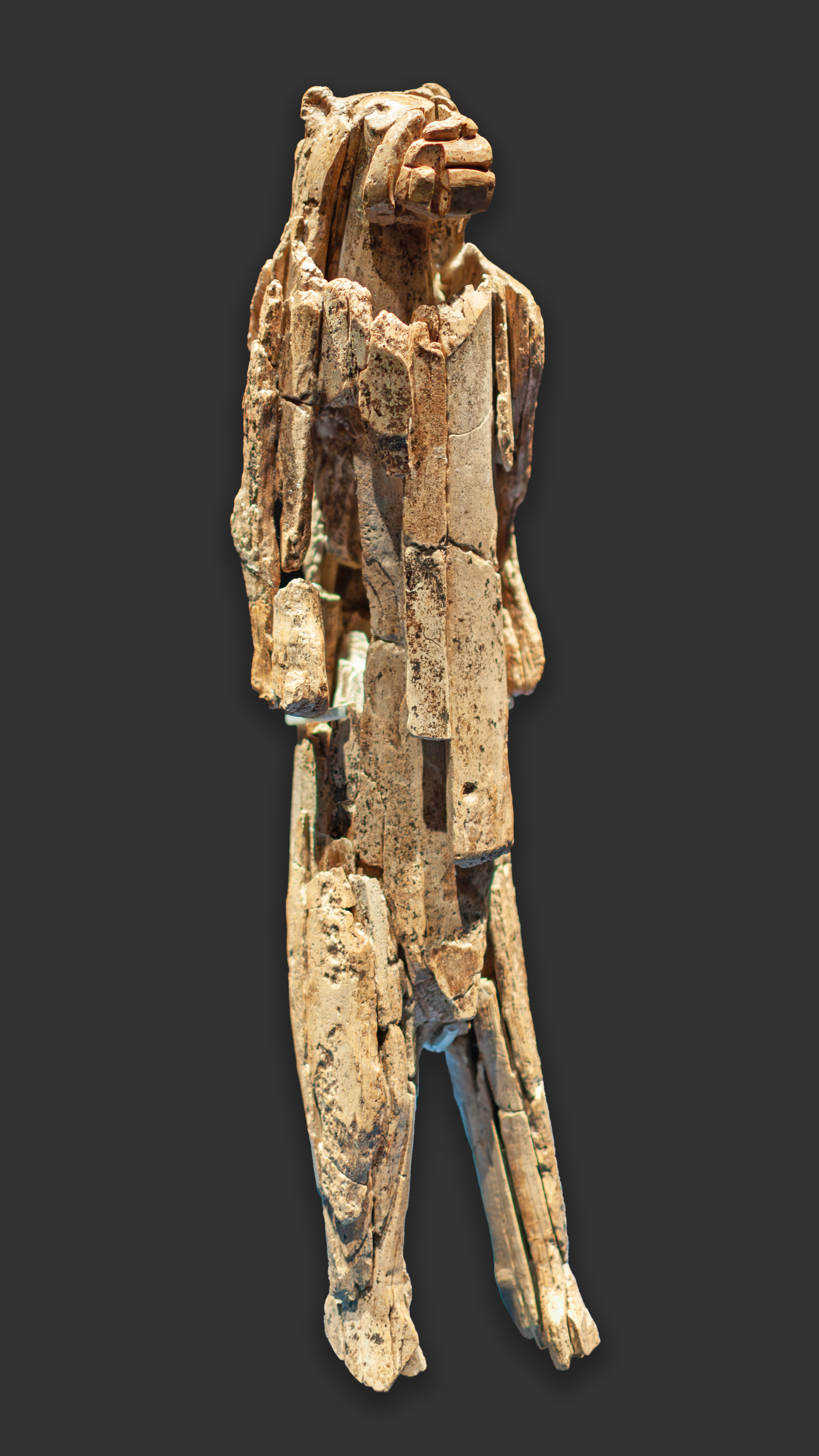
Archaeological Features
Explore the unique architectural and cultural elements found at this historical site
Artistic and Decorative Features
Domestic and Habitation Structures
Historical Timeline
Journey through time and discover key events in this site's archaeological history
Plan Your Visit
Details
- Country
- Germany
- Source
- Wikipedia
More Sites in Germany
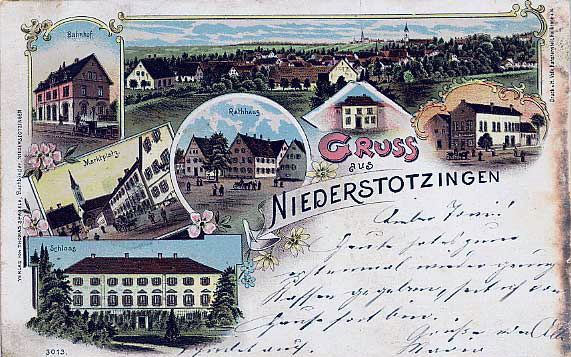
Niederstotzingen
Prehistoric carvings and Roman structures
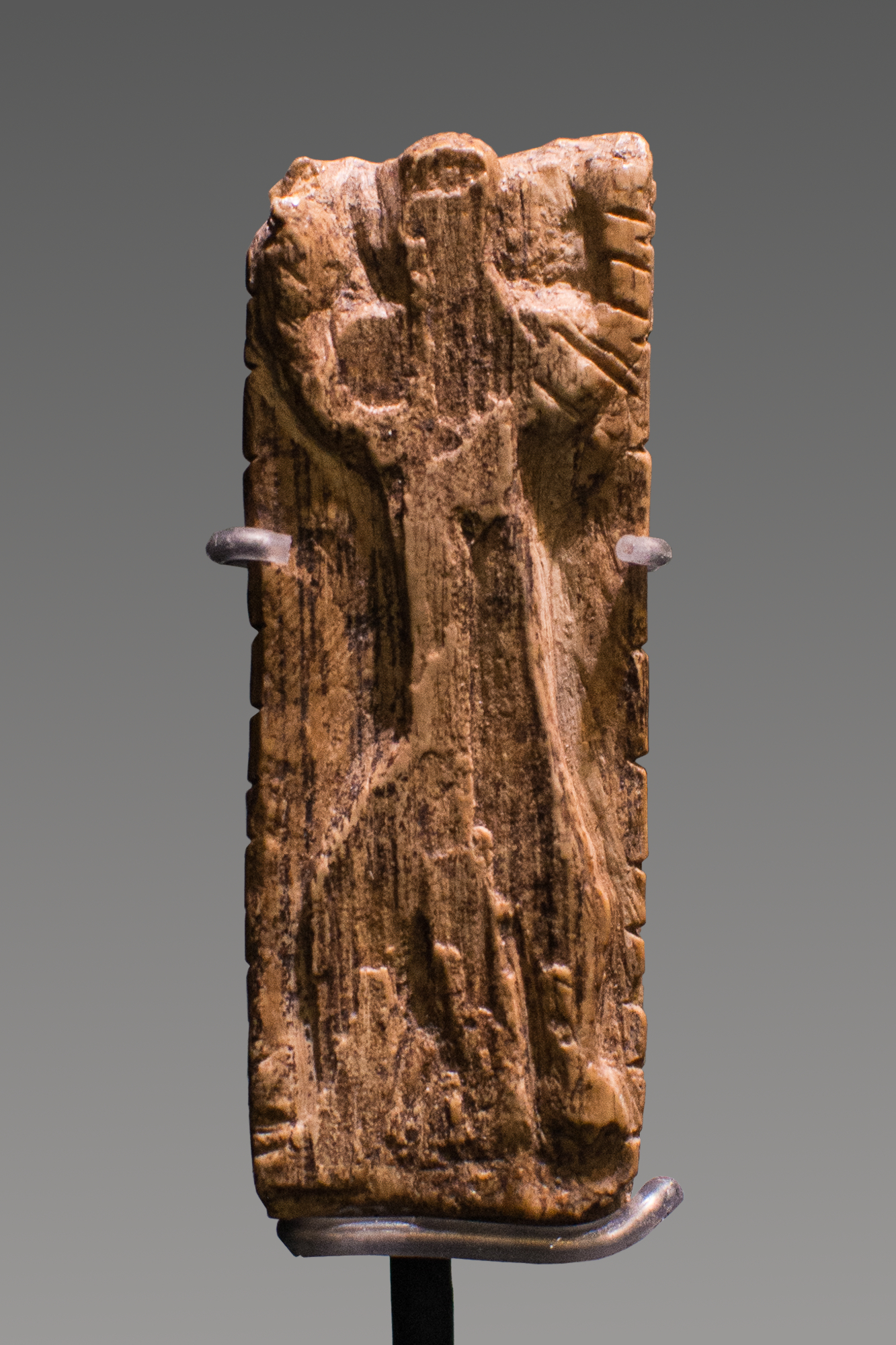
Caves and Ice Age Art in the Swabian Jura
Ice Age human habitation and art site
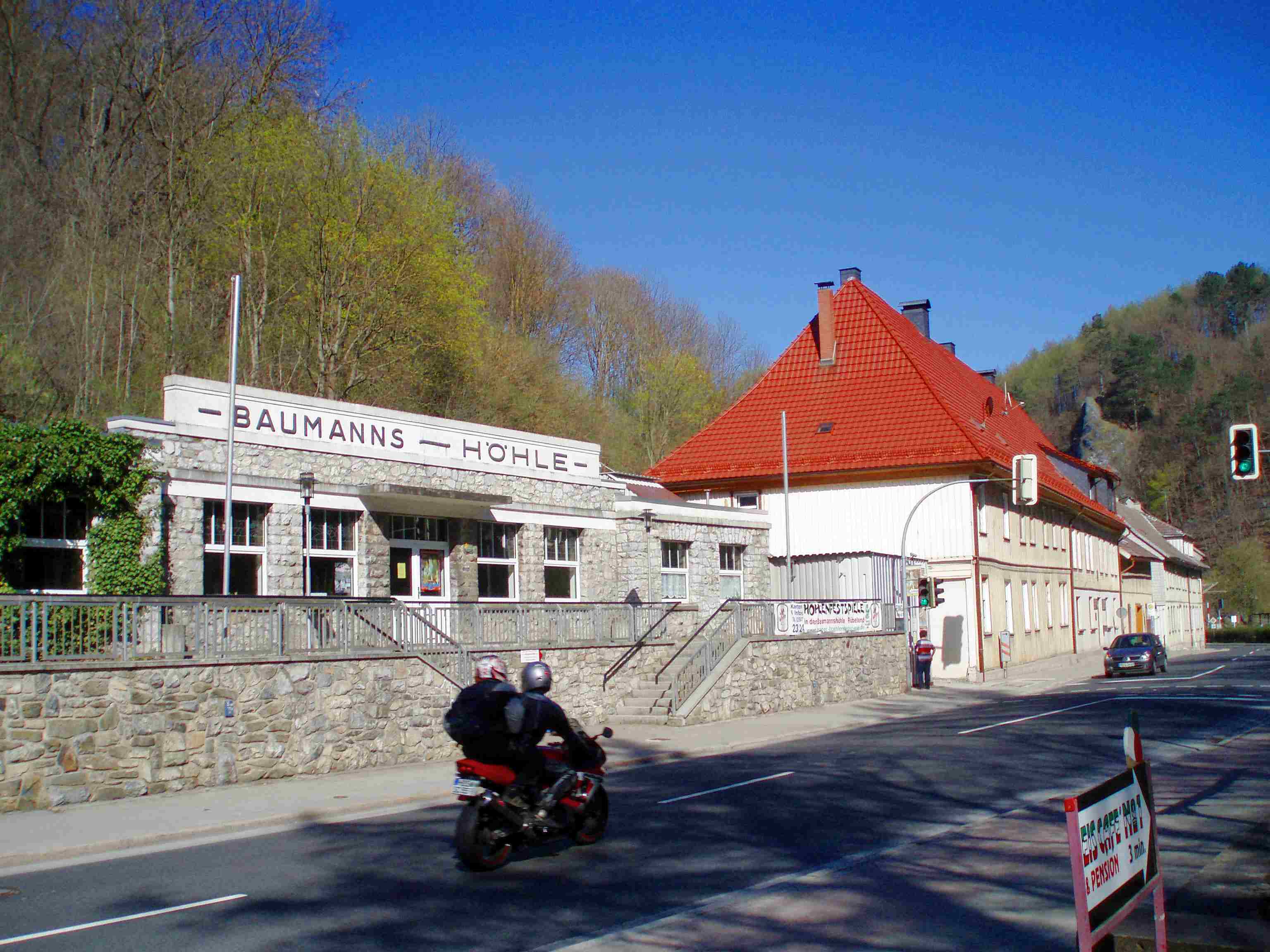
Baumann's Cave
Ancient cave with stalactites and bear bones

Breitenbach (archaeological site)
Large Aurignacian and Neolithic settlement site
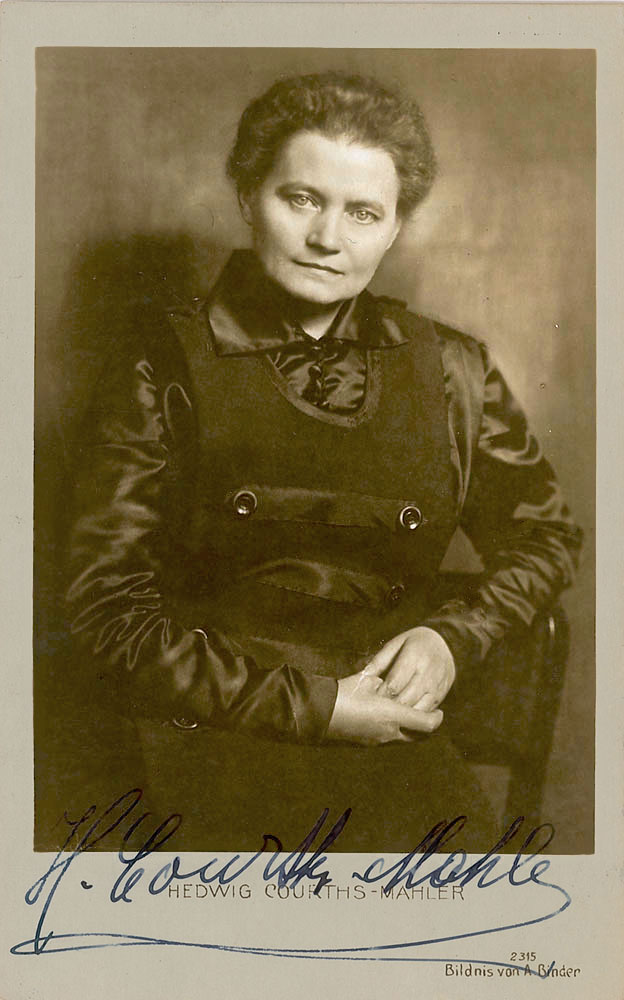
Nebra (Unstrut)
Bronze Age artifact site with Paleolithic finds
Langweiler (archaeological site)
Neolithic farming settlement with ritual enclosures
